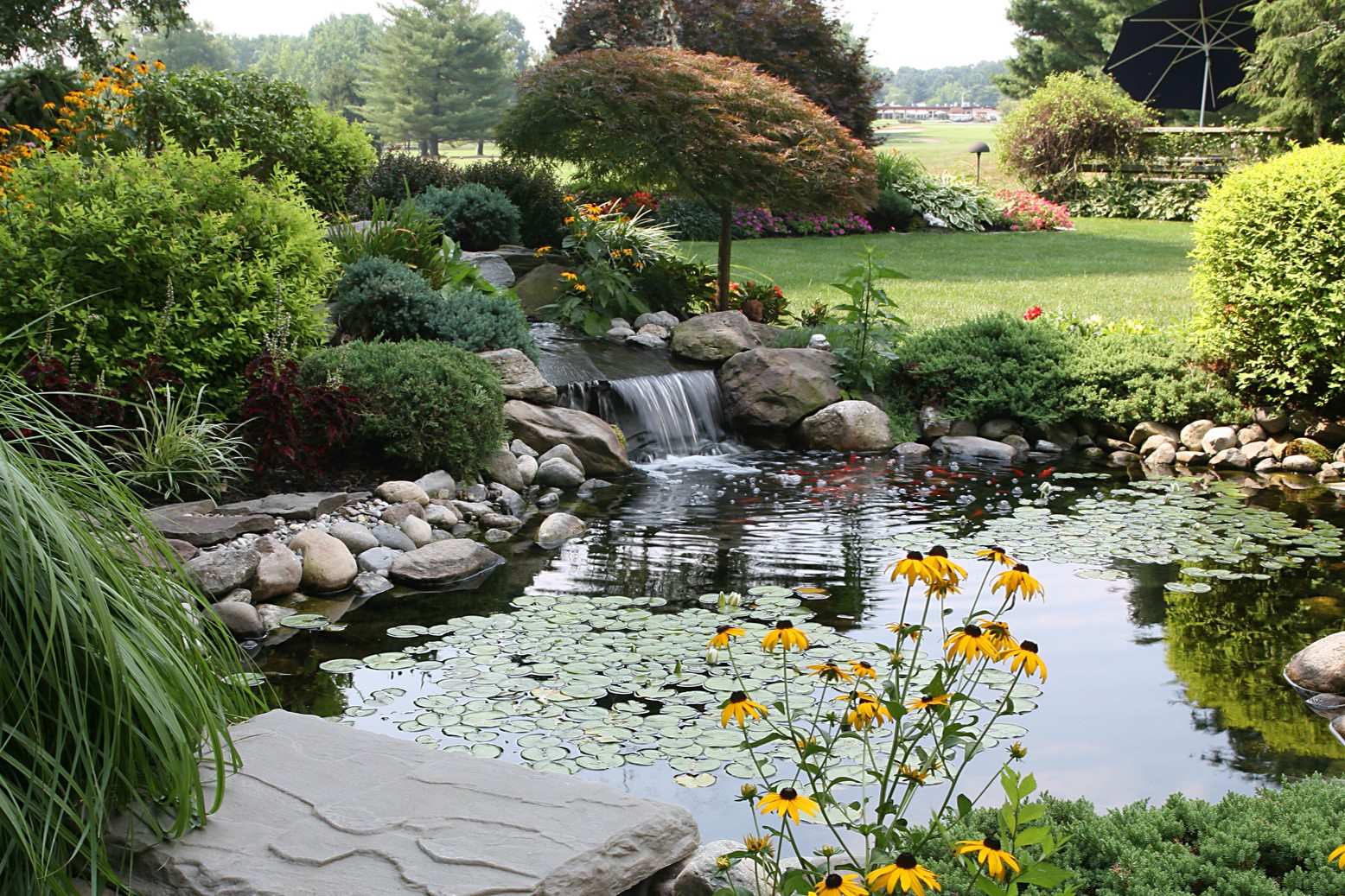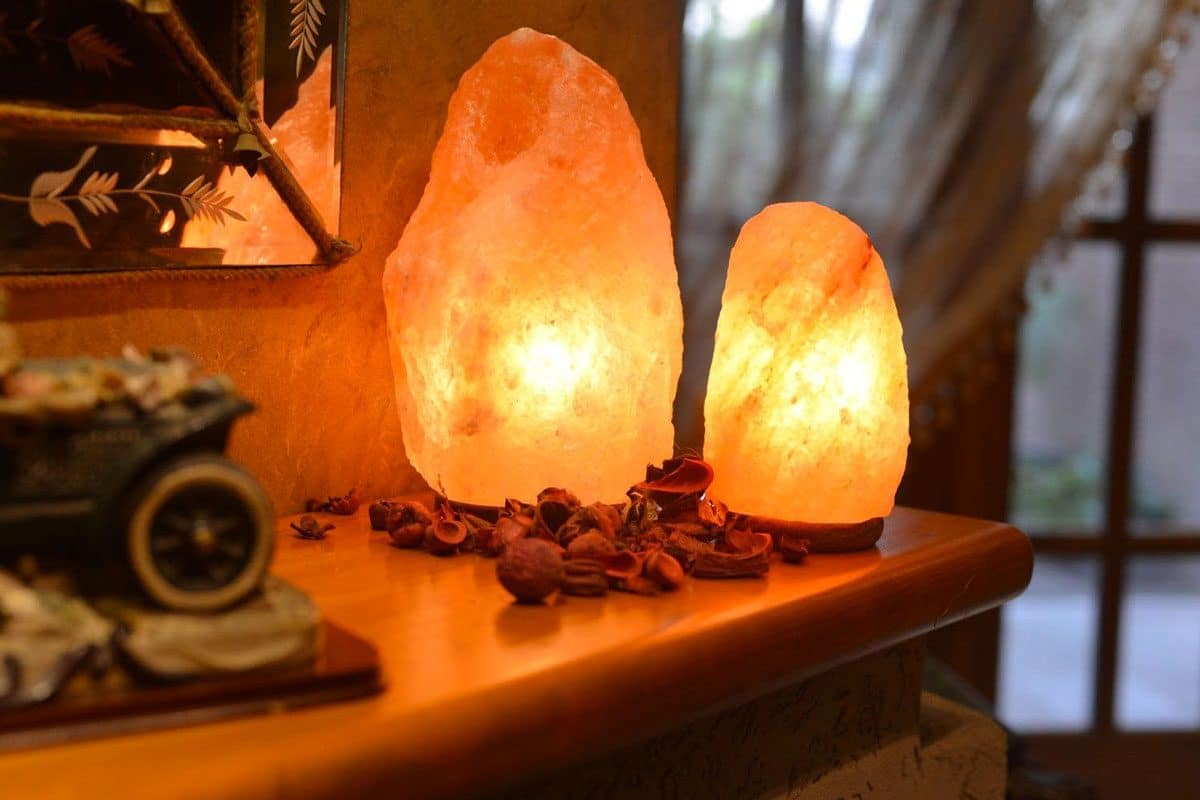Home>Ideas and Tips>How To Design A Feng Shui Garden For Harmony And Balance


Ideas and Tips
How To Design A Feng Shui Garden For Harmony And Balance
Published: September 20, 2024
Learn how to design a Feng Shui garden to enhance harmony and balance in your outdoor space with these expert tips and principles.
(Many of the links in this article redirect to a specific reviewed product. Your purchase of these products through affiliate links helps to generate commission for Storables.com, at no extra cost. Learn more)
Introduction
Feng Shui, an ancient Chinese philosophy, emphasizes the importance of balancing and harmonizing the energies in a space to create a more peaceful and prosperous environment. While Feng Shui is often associated with interior design, it can also be applied to outdoor spaces like gardens. A Feng Shui garden is designed to not only enhance the aesthetic appeal of your outdoor area but also to promote well-being, prosperity, and harmony. In this article, we will delve into the principles of Feng Shui and provide a comprehensive guide on how to design a Feng Shui garden that fosters balance and harmony.
Understanding Feng Shui Principles
Before diving into garden design, it's essential to understand the fundamental principles of Feng Shui. Here are some key concepts:
-
Chi (Energy): In Feng Shui, chi refers to the life force or energy that flows through all living things. The goal is to create an environment where chi flows freely and positively.
-
Yin and Yang: This principle represents the harmony between opposites (e.g., light and dark, male and female). A balanced garden should incorporate both yin (cool, calm) and yang (warm, active) elements.
-
Five Elements: The five elements—wood, fire, earth, metal, and water—are crucial in balancing energy in a space. Each element has its own characteristics and should be used appropriately in your garden design.
-
Bagua Map: The Bagua map is a tool used in Feng Shui to map out different areas of your life (e.g., wealth, relationships) onto your space. This helps in placing elements strategically for specific benefits.
Preparing Your Garden for Feng Shui
Before you start designing your garden, there are several steps you should take to prepare it for Feng Shui:
-
Clear Clutter: Remove any clutter or debris from your garden. Clutter can stagnate chi and create negative energy.
-
Assess Your Space: Take note of the natural layout of your garden including any existing features like trees, ponds, or pathways.
-
Choose a Location: If possible, choose a location that receives natural sunlight but is also protected from harsh winds or extreme weather conditions.
Designing Your Feng Shui Garden
1. Selecting Plants
Plants play a crucial role in creating a harmonious Feng Shui garden. Here are some tips for selecting plants:
-
Wood Element: Plants like bamboo, willow trees, and flowering bushes are excellent choices for the wood element. They promote growth and renewal.
-
Fire Element: Fire element plants include those with bright colors like red roses or orange marigolds. These plants stimulate energy and passion.
-
Earth Element: Earth element plants include succulents like cacti or plants with rounded shapes like hydrangeas. These plants stabilize energy and provide grounding.
-
Metal Element: Metal element plants include those with sharp shapes like boxwood or plants with silvery foliage like artemisia. These plants enhance clarity and precision.
-
Water Element: Water element plants include those that thrive in moist environments like ferns or water lilies. These plants promote relaxation and calmness.
Read more: How To Design A Feng Shui Living Room
2. Incorporating Water Features
Water features are essential in creating a balanced Feng Shui garden as they symbolize abundance and prosperity:
-
Ponds: A small pond can be an excellent addition to your garden if it's well-maintained and free from algae.
-
Fountains: Fountains create soothing sounds that can help calm the mind and promote relaxation.
-
Waterfalls: Waterfalls add visual interest while also creating movement which helps in circulating chi.
3. Using Color
Colors play a significant role in Feng Shui as each color has its own energy:
-
Red: Red is associated with fire energy and stimulates passion and energy.
-
Orange: Orange is associated with fire energy as well but is more calming than red.
-
Yellow: Yellow represents sunlight and warmth; it promotes happiness and optimism.
-
Green: Green represents growth; it's calming yet energizing at the same time.
-
Blue: Blue represents water energy; it's calming yet also stimulating intellectually.
-
Purple: Purple represents spiritual growth; it's associated with creativity and wisdom.
4. Incorporating Natural Elements
Natural elements like rocks, stones, and wood can add depth and balance to your garden:
-
Rocks: Rocks symbolize stability; they can be used as garden ornaments or incorporated into pathways.
-
Stones: Stones like pebbles or gravel can be used to create pathways that guide chi through your garden.
-
Wooden Elements: Wooden elements like benches or trellises provide structural support while also adding warmth to your space.
5. Creating Pathways
Pathways guide chi through your garden while also providing a functional route for visitors:
-
Straight Paths: Straight paths represent clarity and direction; they should be avoided if possible as they can create stagnation.
-
Curved Paths: Curved paths represent flexibility; they encourage movement and flow of chi.
6. Using Lighting
Lighting can enhance the ambiance of your garden while also guiding chi:
-
Solar Lights: Solar lights are eco-friendly options that provide soft illumination without disrupting natural light flow.
-
String Lights: String lights add warmth without overwhelming the senses; they're ideal for evening gatherings.
7. Incorporating Decorative Elements
Decorative elements like statues or ornaments can add personality to your garden while also serving specific purposes:
-
Statues: Statues representing deities or mythical creatures can attract positive energy while also serving as focal points.
-
Ornaments: Ornaments like wind chimes or bells create soothing sounds that help circulate chi.
Seasonal Adjustments
Feng Shui gardens require seasonal adjustments to maintain balance and harmony:
Spring
Spring is a time for renewal; focus on planting new seeds and nurturing existing plants:
-
Plant New Seeds: Plant new seeds that symbolize growth like daffodils or tulips.
-
Prune Plants: Prune plants that have overgrown during winter months to promote new growth.
Read more: Mystic Makeover Feng Shui For Modern Homes
Summer
Summer is a time for abundance; focus on maintaining lush greenery:
-
Water Plants: Water plants regularly to keep them hydrated especially during hot summer months.
-
Add Colorful Flowers: Add colorful flowers like sunflowers or zinnias to attract positive energy.
Autumn
Autumn is a time for harvest; focus on reaping what you've sown:
-
Harvest Fruits/Veggies: Harvest fruits/vegetables that are ripe; this symbolizes abundance.
-
Clean Up Debris: Clean up debris from fallen leaves or dead plants; this helps maintain clarity.
Winter
Winter is a time for rest; focus on preserving life force:
-
Protect Plants: Protect plants from harsh winds or extreme cold using mulch or covers.
-
Use Winter Flowers: Use winter flowers like poinsettias or cyclamen to add color despite the cold weather.
Conclusion
Designing a Feng Shui garden requires careful consideration of various elements including plants, water features, colors, natural elements, pathways, lighting, and decorative elements. By incorporating these principles into your garden design, you can create an environment that not only enhances its aesthetic appeal but also promotes balance and harmony in your life. Remember to make seasonal adjustments to maintain the flow of chi throughout the year. With patience and dedication, you can transform your outdoor space into a serene oasis that fosters well-being and prosperity according to Feng Shui principles.
Was this page helpful?
At Storables.com, we guarantee accurate and reliable information. Our content, validated by Expert Board Contributors, is crafted following stringent Editorial Policies. We're committed to providing you with well-researched, expert-backed insights for all your informational needs.













0 thoughts on “How To Design A Feng Shui Garden For Harmony And Balance”